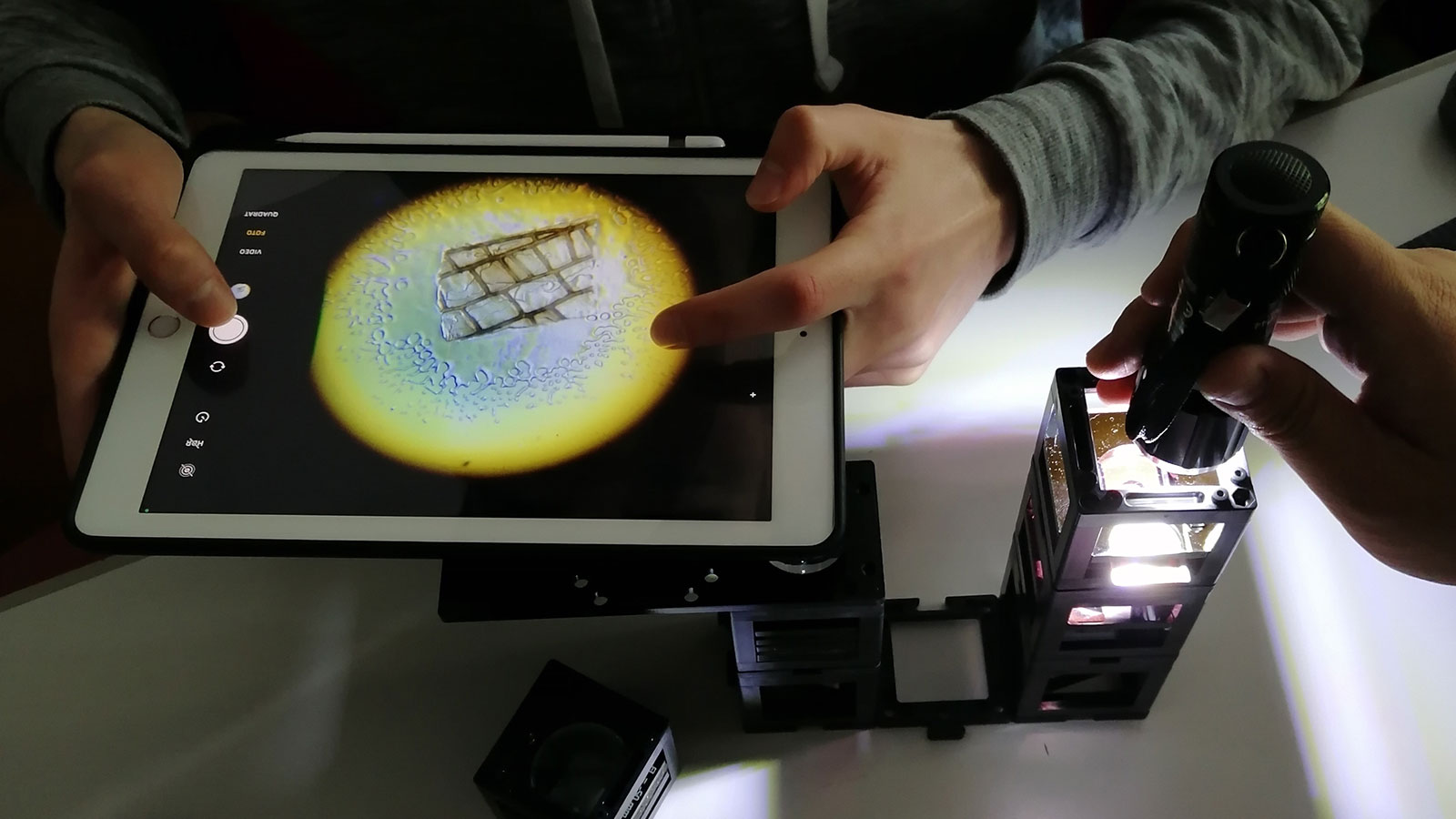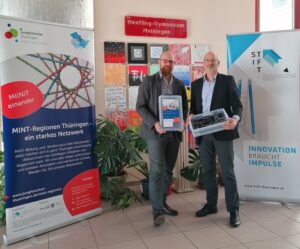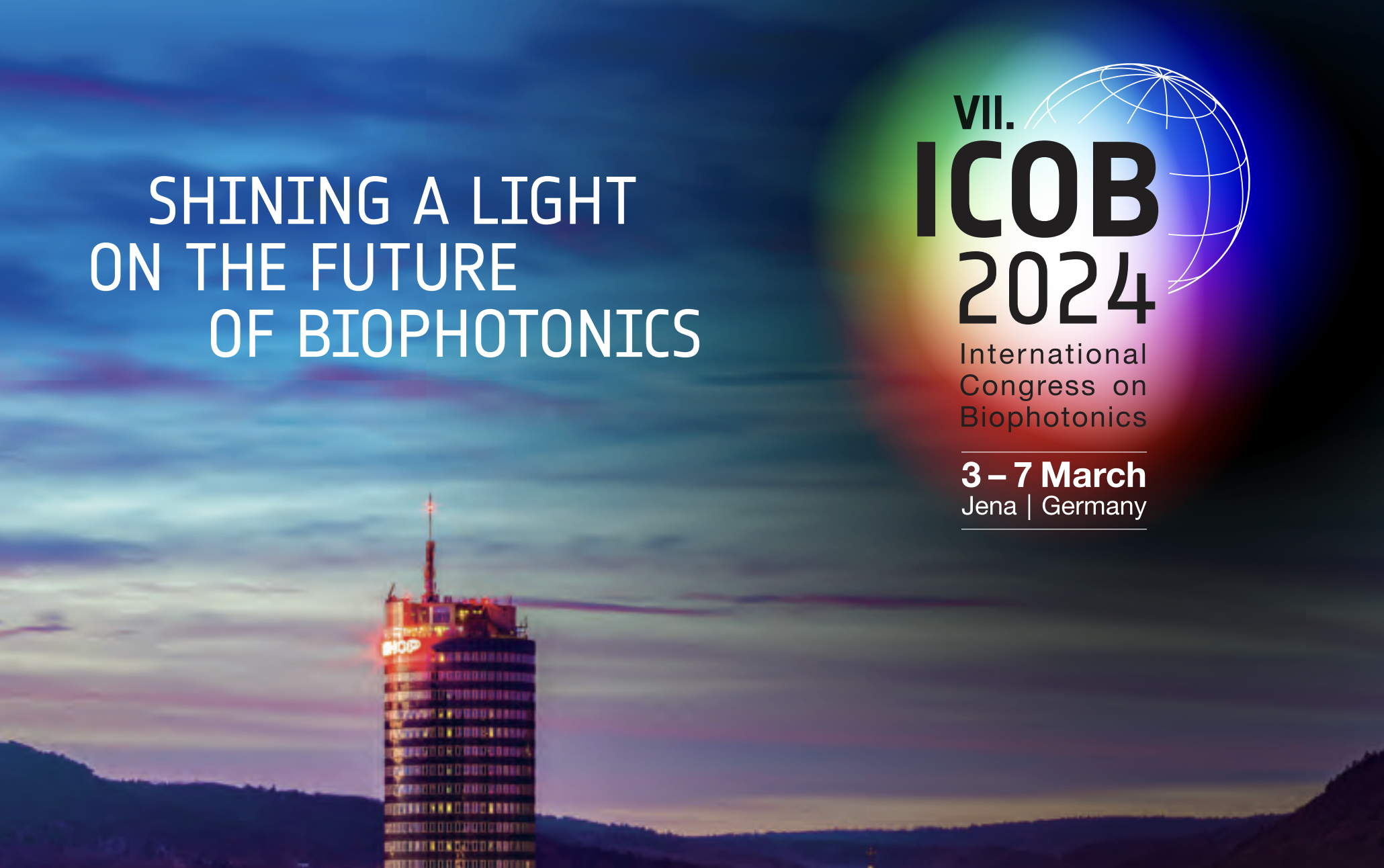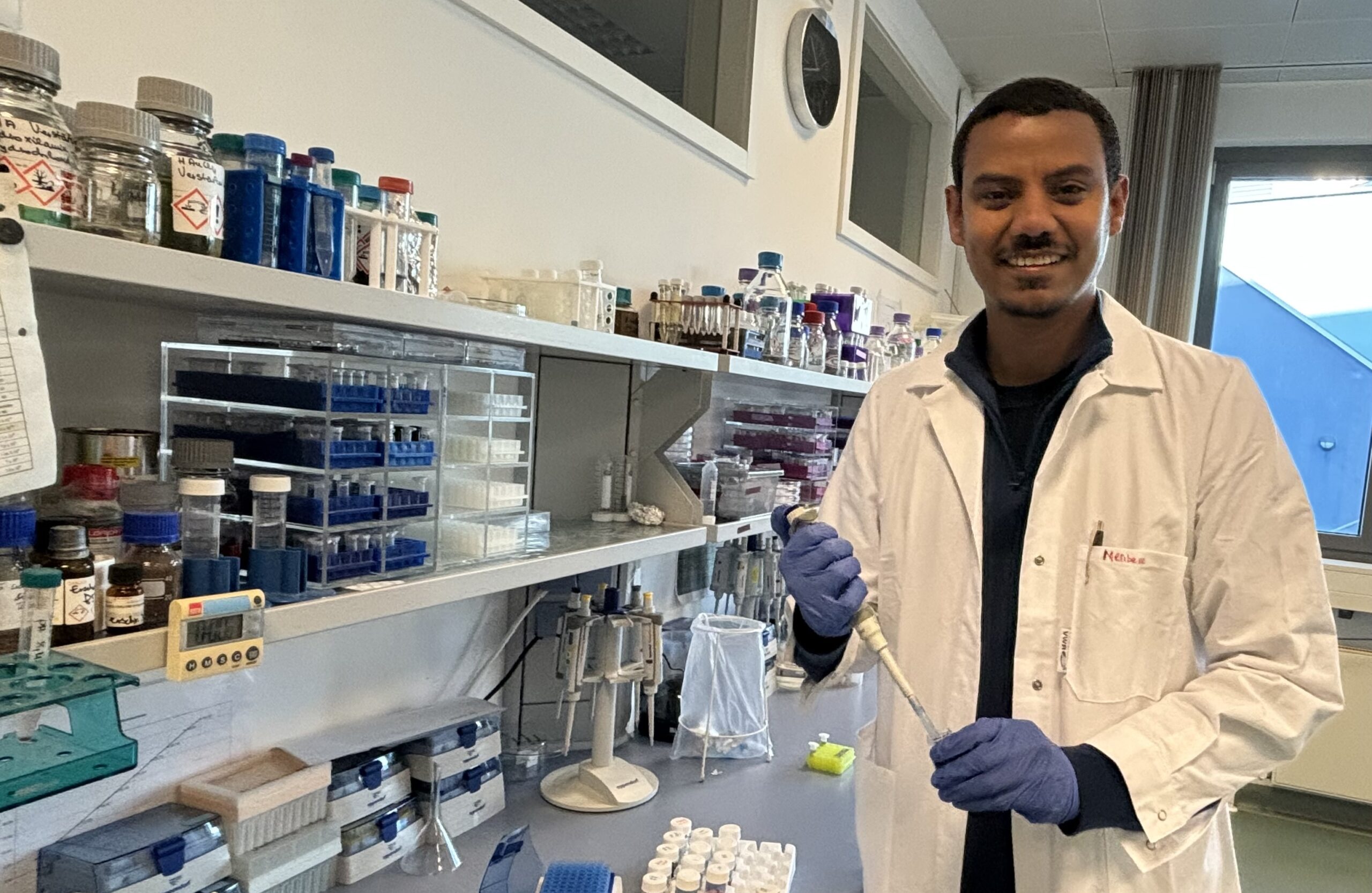OpenUC2 optics kits from Leibniz IPHT support Thuringian schools and student research centers

Just in time for the start of the new school year 2022/2023, ten student research centers in Thuringia can look forward to new teaching and learning materials in the STEM area, with which pupils can learn about the world of physics in the future: Thanks to the support of the Wilhelm and Else Heraeus Foundation, the openUC2 optical toolboxes developed at Leibniz IPHT are available for use in lessons and in school study groups. With the help of the toolbox, optical instruments can be designed easily and quickly, and microscopy can be discovered in a playful way.
Thanks to their modular design, the openUC2 (You. See. Too.) optics kits, developed at Leibniz IPHT in Jena, promote the expansion of various optical instruments, such as microscopes as well as Keppler and Galileo telescopes, and thus the understanding of their structure and function.
In addition to their use in schools, the optics kits are also used in extracurricular STEM programs offered by the student research centers. Thanks to the open-source approach they also allow to add own modules for specific applications in student projects. This is the start of a project that is unique in Thuringia and that puts open-source hardware from the optical laboratory into the hands of schoolchildren to give them insights into research and science.
openUC2 invites students to discover all the disciplines in the STEM field in a playful way. The optics construction kits can be easily expanded, and their range of functions is only limited by the creativity of the students. “With the chance to use our kit nationwide, we hope that the students will not only awaken their curiosity to observe new things, but also enthusiastically see their environment through the eyepiece of a self-built microscope and become aware of their responsibility for our planet,” says Dr. Benedict Diederich, scientist at Leibniz IPHT and co-developer of openUC2.
This offer for Thuringian schools was made possible primarily through the support of the Wilhelm and Else Heraeus Foundation. “We were impressed by the diverse application possibilities of these kits, as well as by the fact that great importance is attached to didactic accompanying material,” says Dr. Stefan Jorda, Managing Director of the Wilhelm and Else Heraeus Foundation.
Dr. Sebastian Germerodt, coordinator of the network of student research centers, adds: “The openUC2 optics kits can be used to learn about and try out optical concepts and microscopy methods – both in the classroom and in extracurricular activities at the student research centers.”
The funding represents an unprecedented support for rolling out an open-source device in extracurricular learning locations and underlines the relevance of open and transparent research and science.
Since autumn 2022, the concept of the openUC2 optical toolbox has been continued in an independent technology start-up, the openUC2 GmbH, in order to market the toolboxes professionally.
About the Wilhelm and Else Heraeus Foundation
The Wilhelm and Else Heraeus Foundation in Hanau is a non-profit foundation that promotes research and education in the natural sciences, especially physics. Among other things, it supports school projects and extracurricular places of learning and is involved in the training and continuing education of teachers.
About the Student Research Centers/STIFT
Student research centers are extracurricular places of learning for pupils of all school types between the ages of 10 and 18, where needs-based offerings in the fields of mathematics, computer science, natural sciences, and technology (STEM – Science, Techhnology, Engineering and Mathematics) are developed and offered. In addition, student research centers integrate regional offerings from third parties, make them visible and support them. In Thuringia, there are currently ten student research centers in Erfurt (2x), Gera, Jena, Schmalkalden, Rudolstadt, Nordhausen, Ilmenau, Waltershausen and Gotha. The student research centers in Thuringia are coordinated by the Foundation for Technology, Innovation and Research Thuringia (Stiftung für Technologie, Innovation und Forschung Thüringen, STIFT) and jointly funded with the Thuringian Ministry of Education, Youth and Sports (Thüringer Ministerium für Bildung, Jugend und Sport, TMBJS) and the Thuringian Ministry of Economy, Science and Digital Society (Thüringer Ministerium für Wirtschaft, Wissenschaft und Digitale Gesellschaft, TMWWDG).
The Foundation for Technology, Innovation and Research Thuringia (STIFT) has selflessly promoted science, research, and technology since 1993. As a non-profit, independent institution, it supports Thuringian players in education, research, development, innovation, and entrepreneurship – from childlike curiosity to brilliant research minds, from innovative business ideas to successful technology companies. STIFT’s “Jungforscher Thüringen” initiative brings together all STEM and research-related offerings for children and young people.
www.stift-thueringen.de I www.jungforscher-thueringen.de/sfz
Pictured above:
With openUC2, optical instruments are created in no time at all
©Stiftung für Technologie, Innovation und Forschung Thüringen (STIFT)

Dr. Sebastian Germerodt, coordinator of the network of student research centers (in the picture left), and Dr. Stefan Jorda, Managing Director of the Wilhelm and Else Heraeus Foundation (right in the picture), are pleased with the new teaching and learning materials with which the students of the Henfling Gymnasium in Meiningen were able to experiment
©Stiftung für Technologie, Innovation und Forschung Thüringen (STIFT)
Contact
Related News
Third party cookies & scripts
This site uses cookies. For optimal performance, smooth social media and promotional use, it is recommended that you agree to third party cookies and scripts. This may involve sharing information about your use of the third-party social media, advertising and analytics website.
For more information, see privacy policy and imprint.
Which cookies & scripts and the associated processing of your personal data do you agree with?
You can change your preferences anytime by visiting privacy policy.


